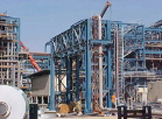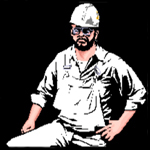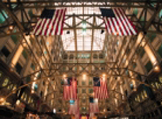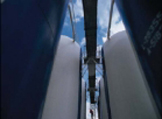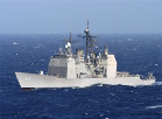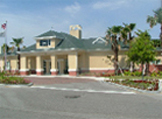Built Environments

Built Environments
Built Environment - All human-built structures (as opposed to the natural environment).
Environmental Conditions
Prior to painting, the following environmental conditions should be complied with:
1 - Ambient Temperature
Ambient temperature not below 50° or refer to manufacturers’ recommendation
Ambient temperature not above 90° or refer to manufacturers’ recommendation
2 - Substrate Surface Temperature
Surface temperature of substrate above 50° or refer to manufacturers’ recommendation
Surface temperature of substrate > 3°C + ambient temperature or refer to manufacturers’ recommendation
For best results, the air temperature and the temperature of the surface to be painted should be above 50° for the entire painting and drying time. On the other end of the spectrum, you will not get the best results if the temperature is too hot (over 90°) because the paint can end up “baking” rather than drying. If you must paint in hot weather, plan your work so that you paint in shaded areas rather than in direct sunlight.
3 - Relative Humidity
Refer to manufacturers’ recommendation - Humidity is something that most homeowners think about in terms of rain. If it’s raining you should never do exterior house painting. However, it also important to remember that general air humidity is a consideration too. If the humidity is high then condensation can form on surfaces in the late evening or overnight. This can cause streaks, fading, or poor adhesion to the surface.
4 - Pollution Level
No airborne dust and/or pollutant in environment
5 - Wind Condition
No strong wind - If the wind is too strong, it can blow loose debris onto wet or damp paint, and it can also dry things out too quickly.
Unfavourable Weather or Unsuitable Conditions
Painting should not be carried out in unfavourable weather or unsuitable conditions. The application of paint to damp surfaces could result in flaking and blistering due to lack of paint penetration into the surface pores and pressure build-up of water vapour behind the coating. It should be noted that surface dampness is not always apparent, particularly if the surface is flat and porous, such as a plaster or an undercoated surface.
Painting performed on surfaces directly exposed to the sun on a hot day may be subject to patchiness or sheariness. The heat causes the thinners to evaporate too quickly, making the paint difficult to be applied and causes interference with its flow.
A. Apply paints only when temperature of surfaces to be painted and ambient air temperatures arebetween 50 and 95 deg F.
B. Do not apply paints when relative humidity exceeds 85 percent; at temperatures less than 5deg F above the dew point; or to damp or wet surfaces.
1. Mildew/Fungus Resistance: MIL STD 810B
2. Salt Spray Resistance: ASTM B 117
3. Abrasion Resistance: ASTM D 968
4. Absorption, Freeze/Thaw: ASTM C 67
5. Water Penetration: ASTM E 331
6. Flame Spread: ASTM E 84
PROJECT CONDITIONS
Environmental Conditions: Establish and maintain environmental conditions in spaces to receive multicolored coatings that comply with the manufacturer's recommendations. Provide adequate natural or induced ventilation, as necessary, for curing and as recommended by the manufacturer.
Temperature Conditions: Apply multicolored coatings only when the temperature of the surface to be coated, the ambient temperature, and the temperature of the materials to be used are above 50 degrees F (10 degrees C).
Weather Conditions: Do not apply coatings when the relative humidity exceeds 85 percent, or at temperatures less than 5 degrees F (3 degrees C) above the dew point, or to damp or wet surfaces.
Call Now - 1.800.354.9165 - Toll Free

